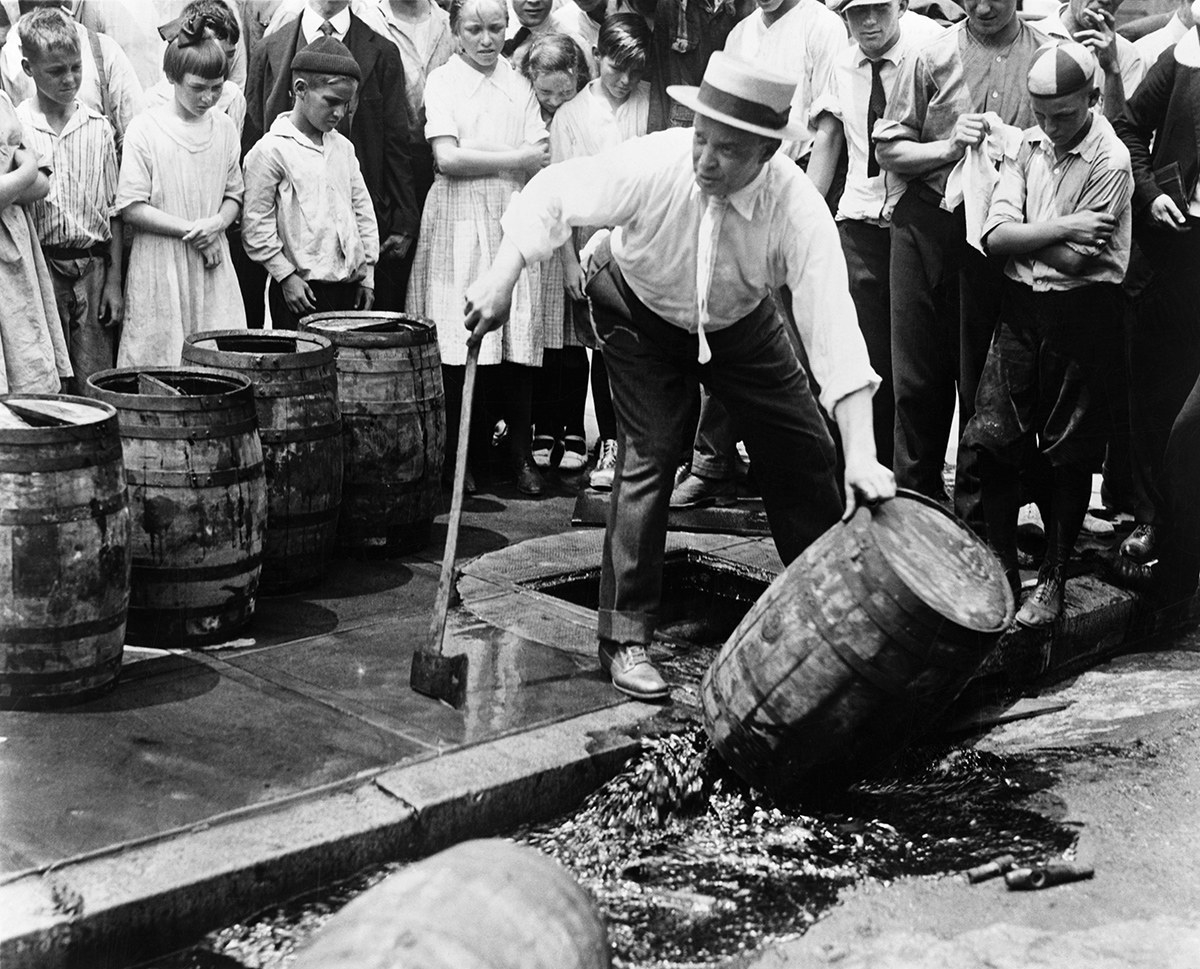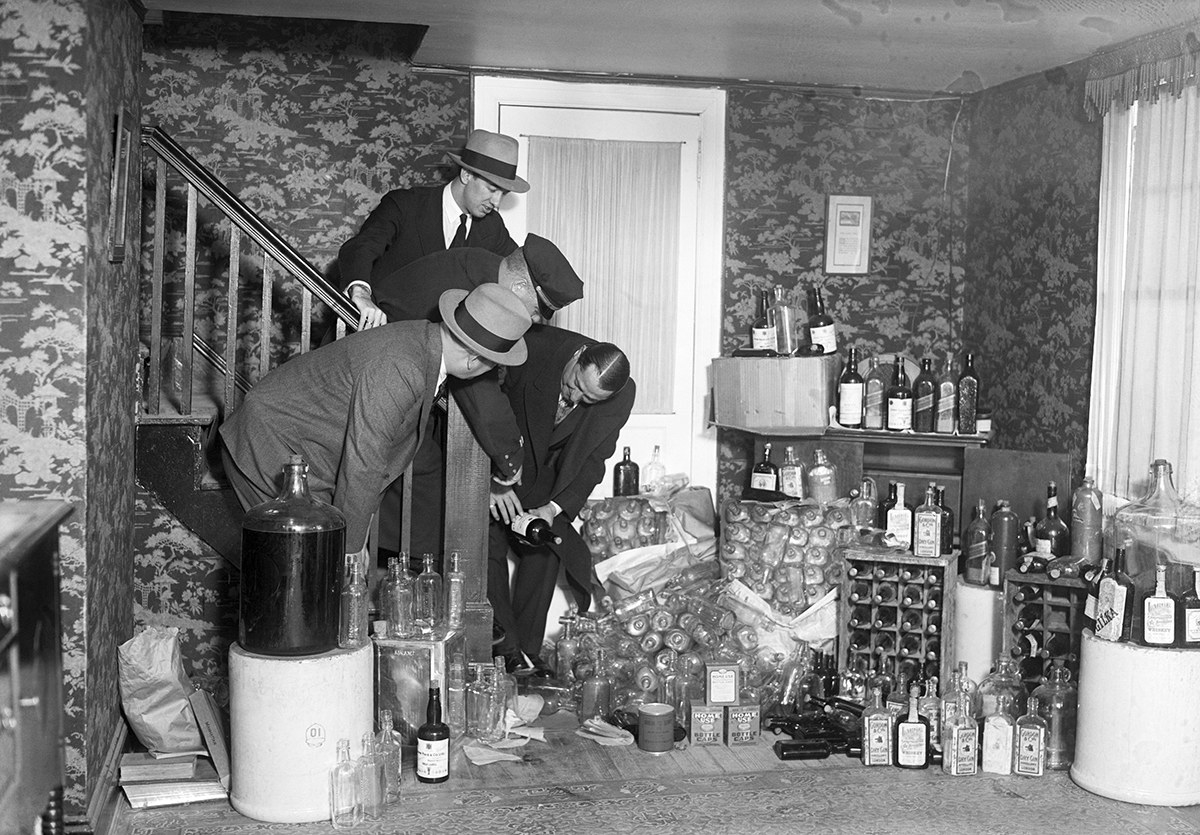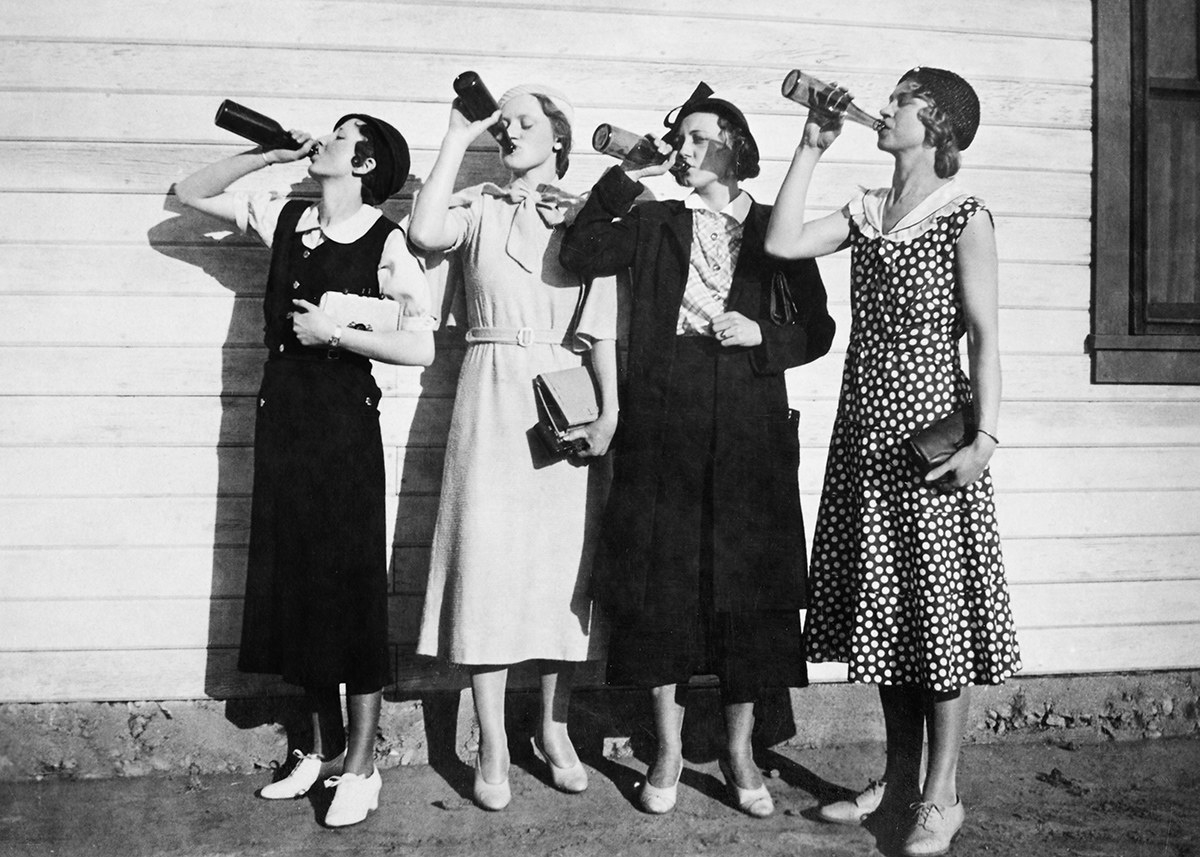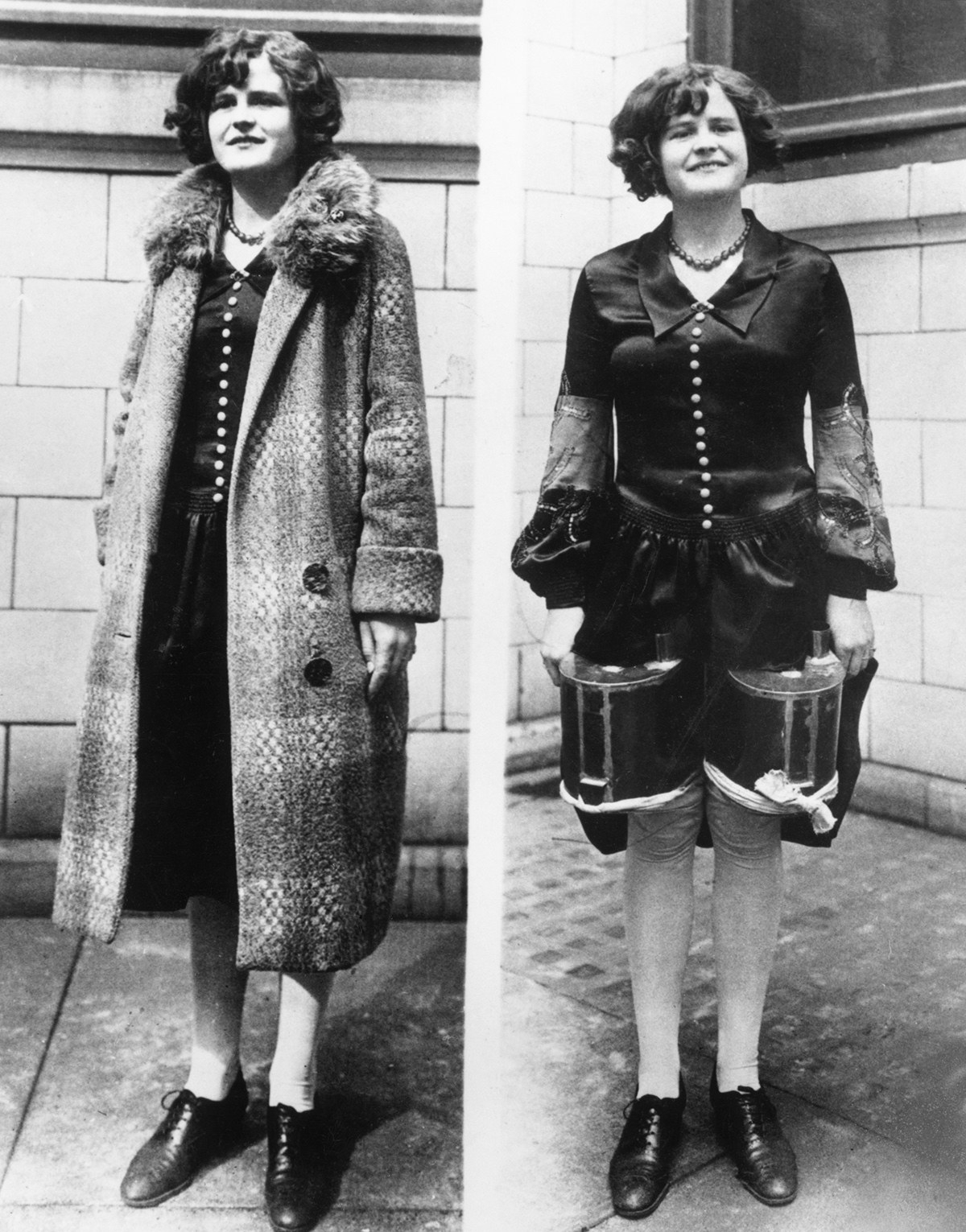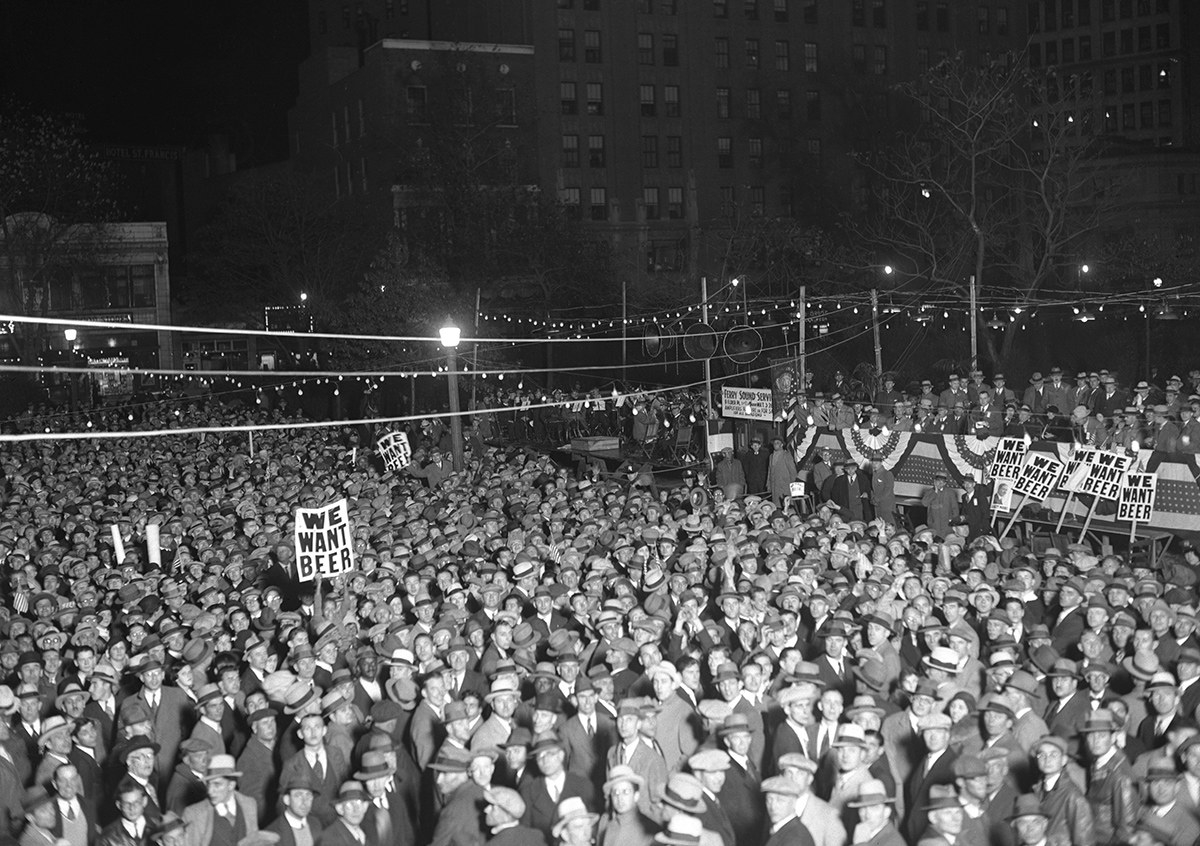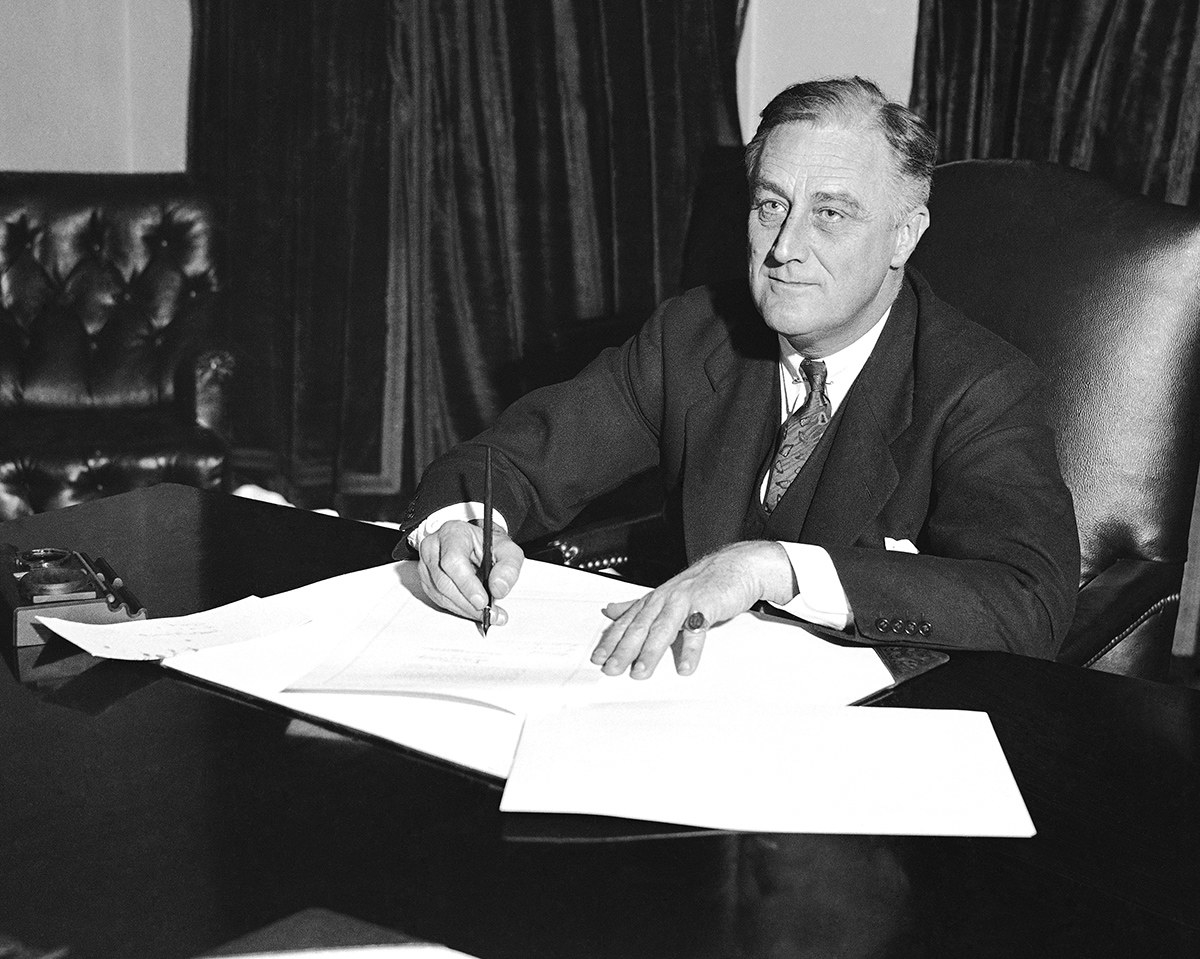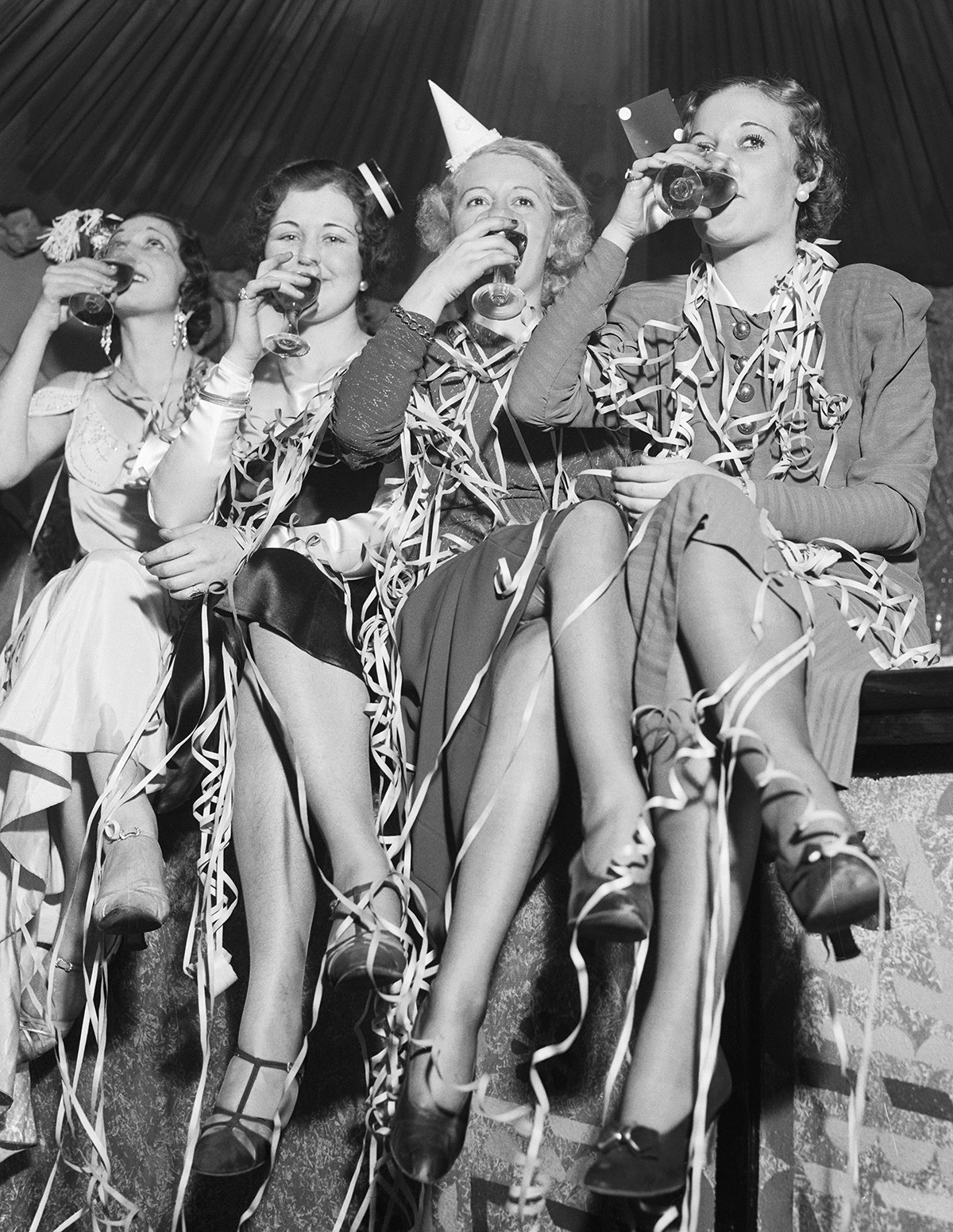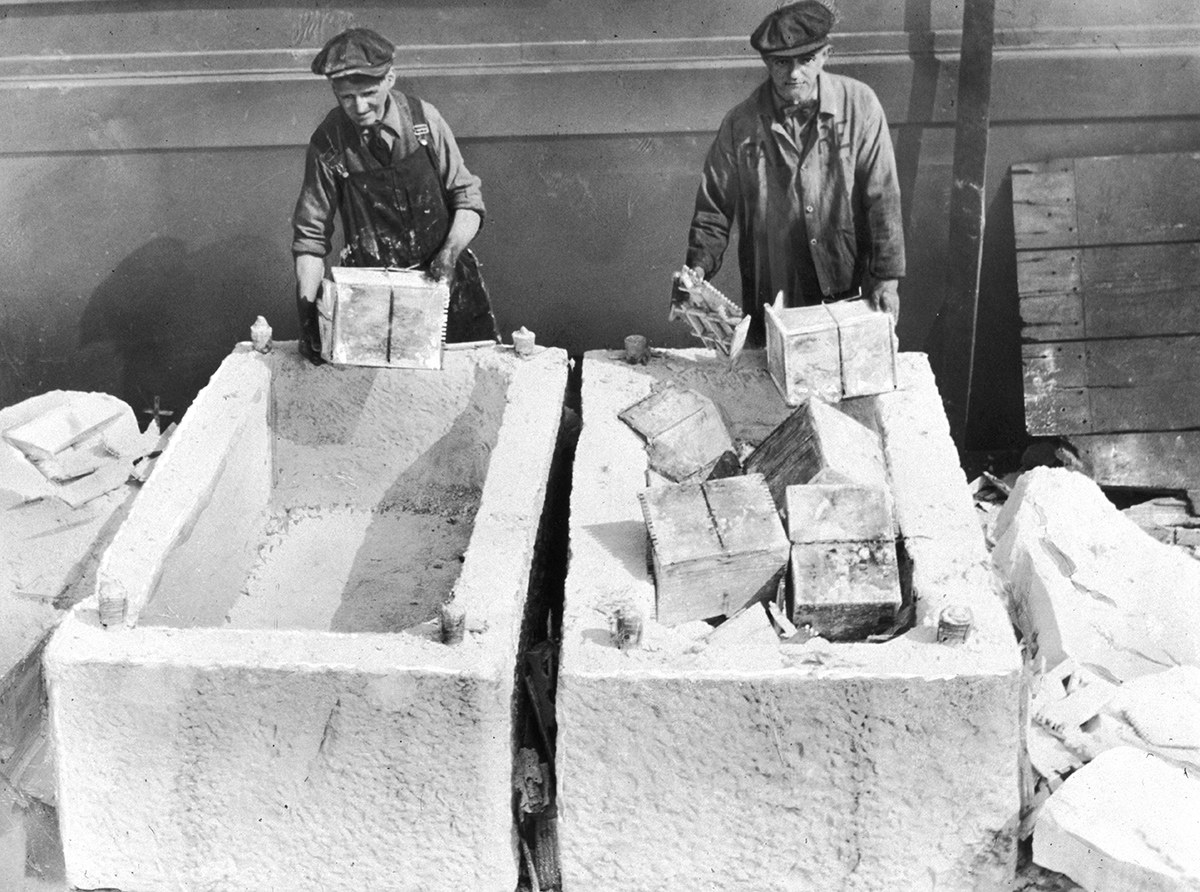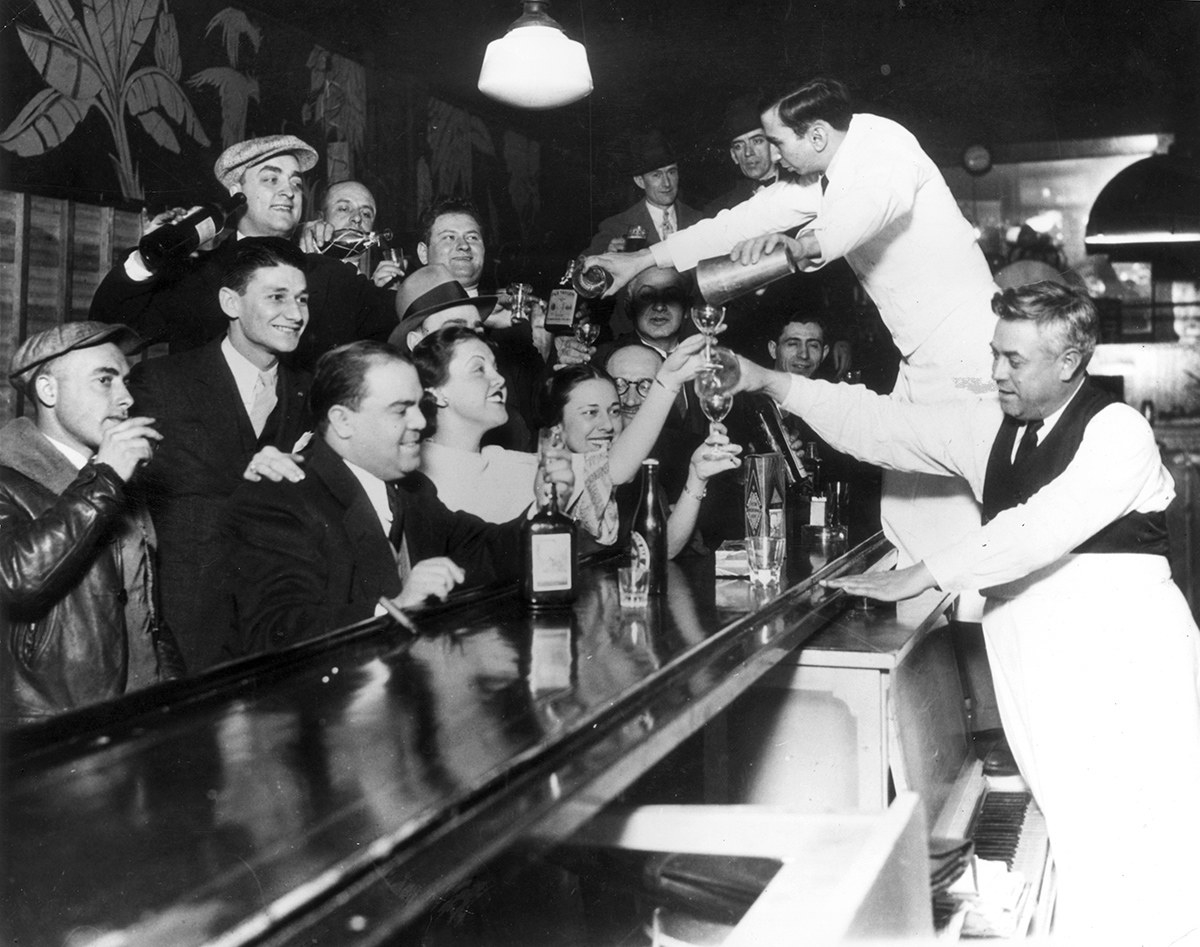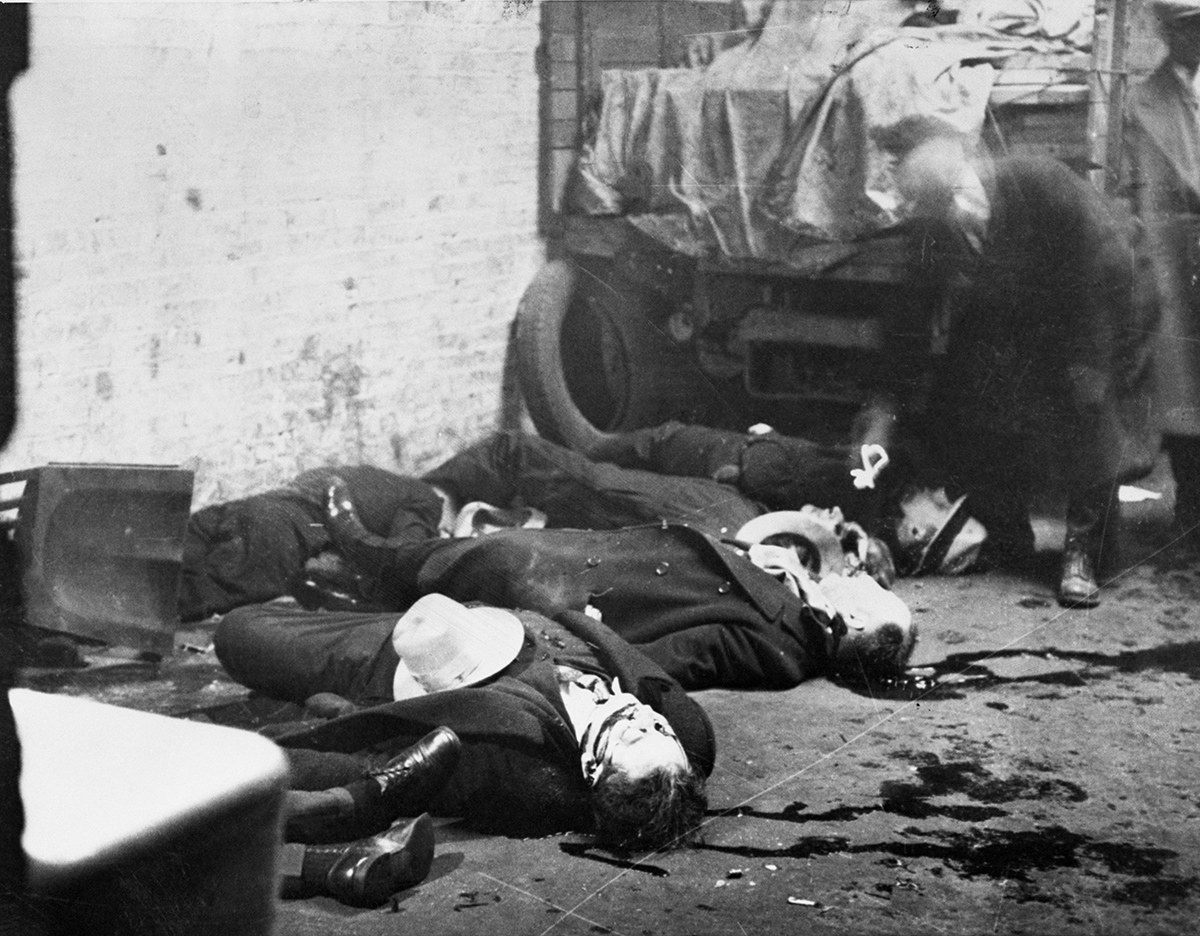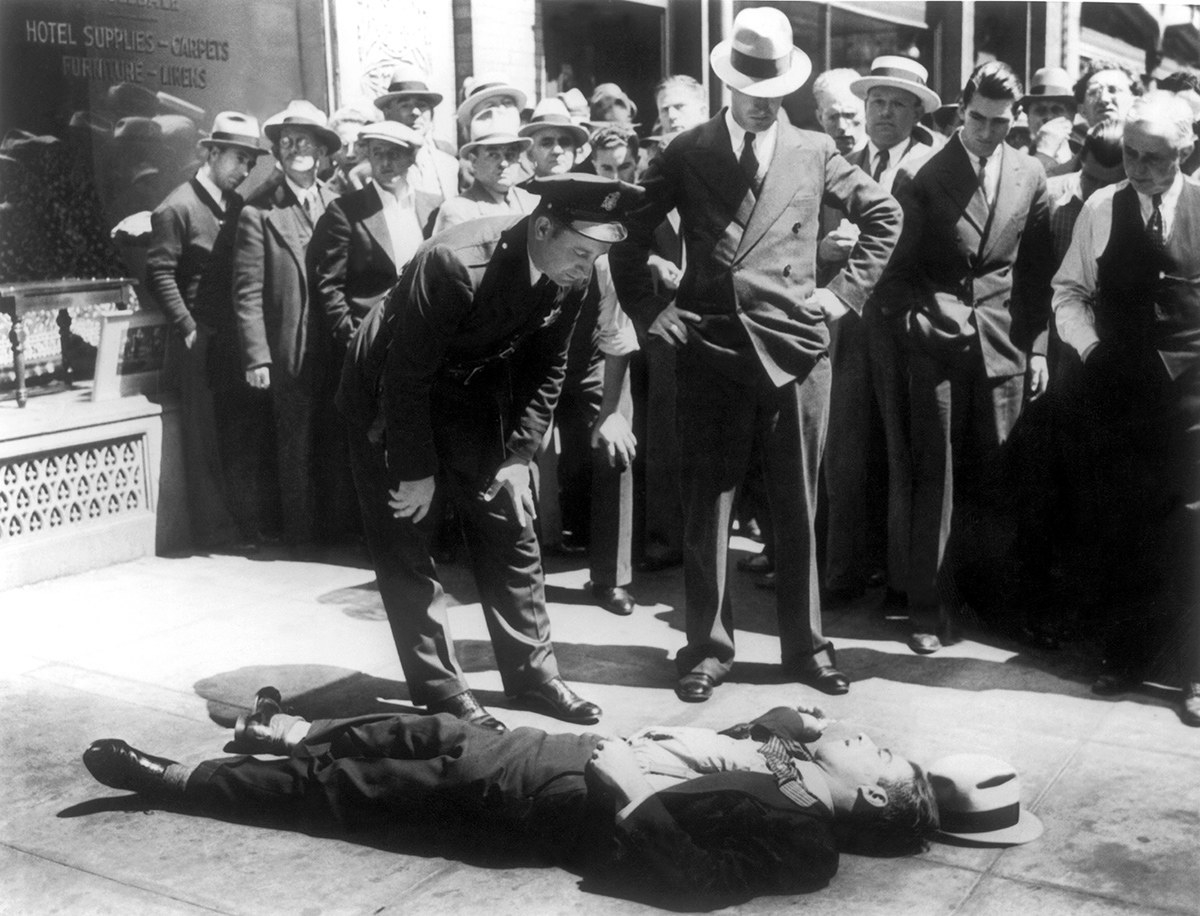At midnight on Jan. 17, 1920, the United States went dry as the 18th Amendment effectively prohibited the production, transportation, and sale of alcoholic beverages across the country.
Aimed at combating alcoholism and supporting family values, the nationwide prohibition known as the Volstead Act stood for 13 years until 1933 with the ratification of the 21st Amendment.
Warning: This post contains graphic images.
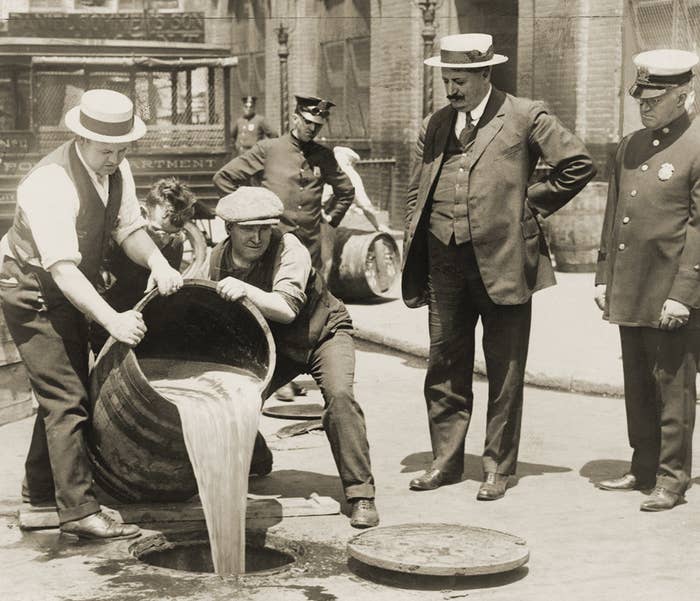
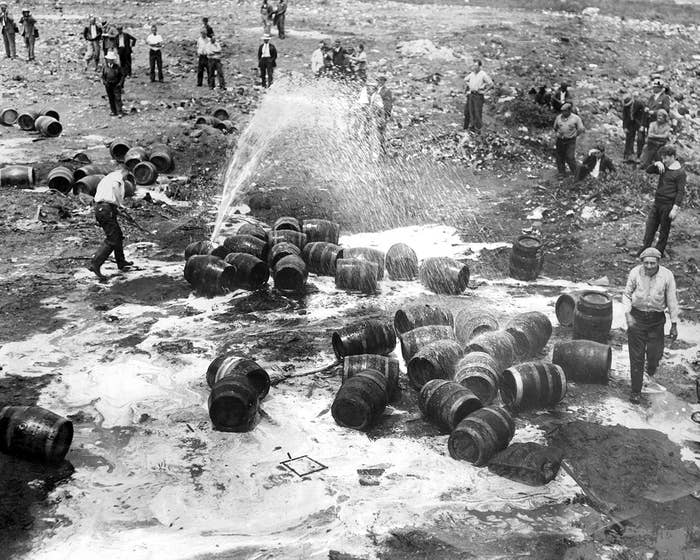
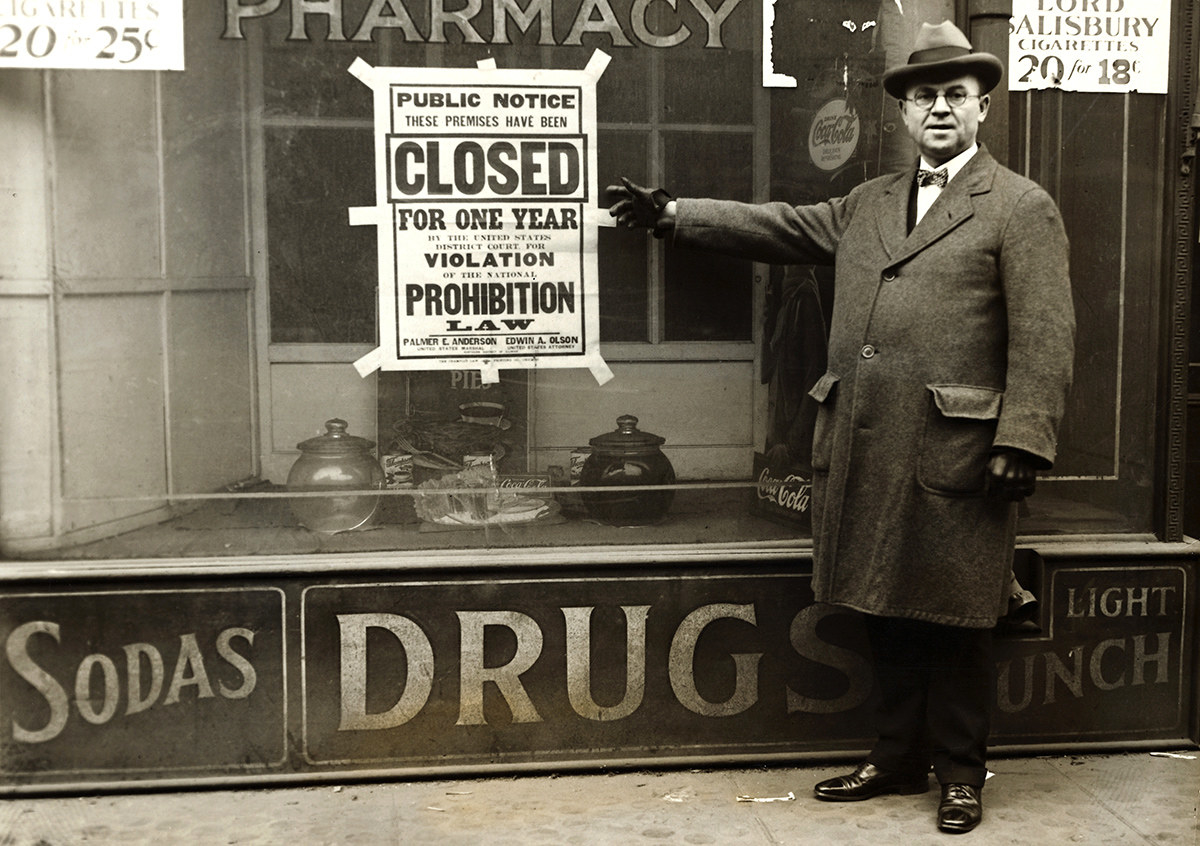
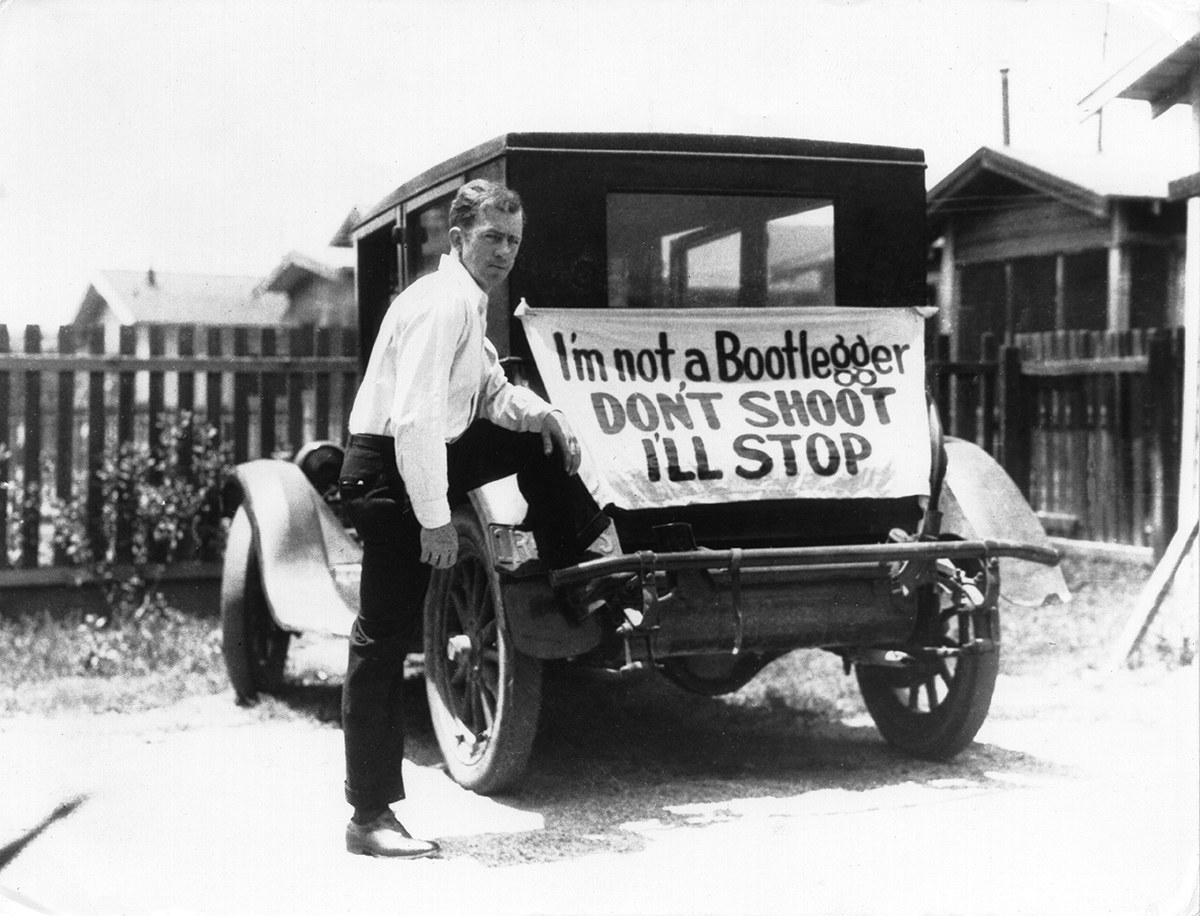
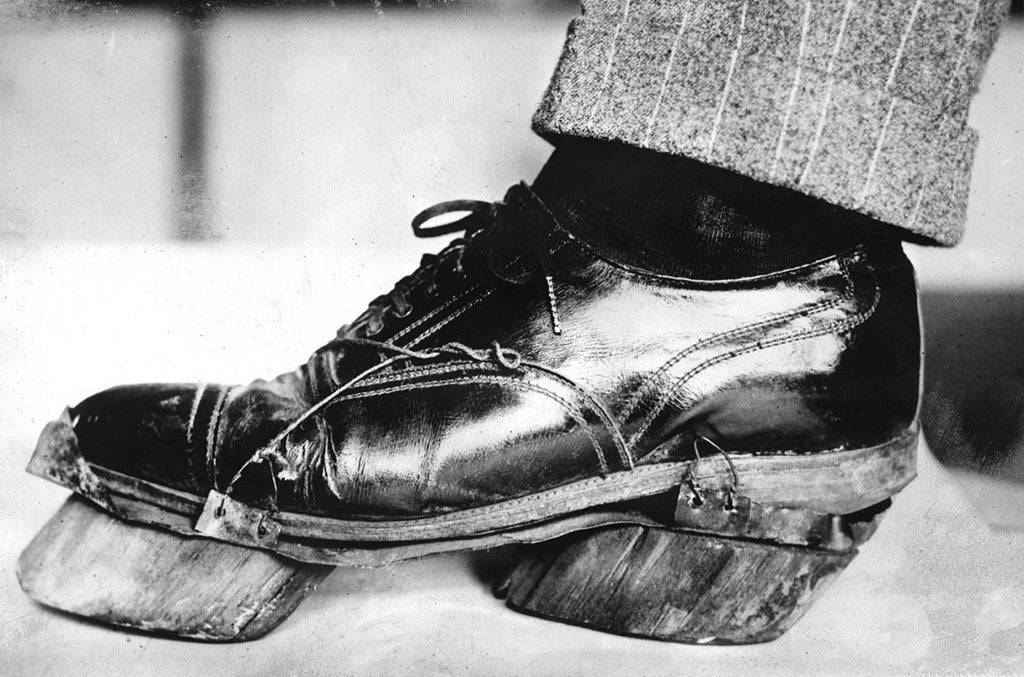
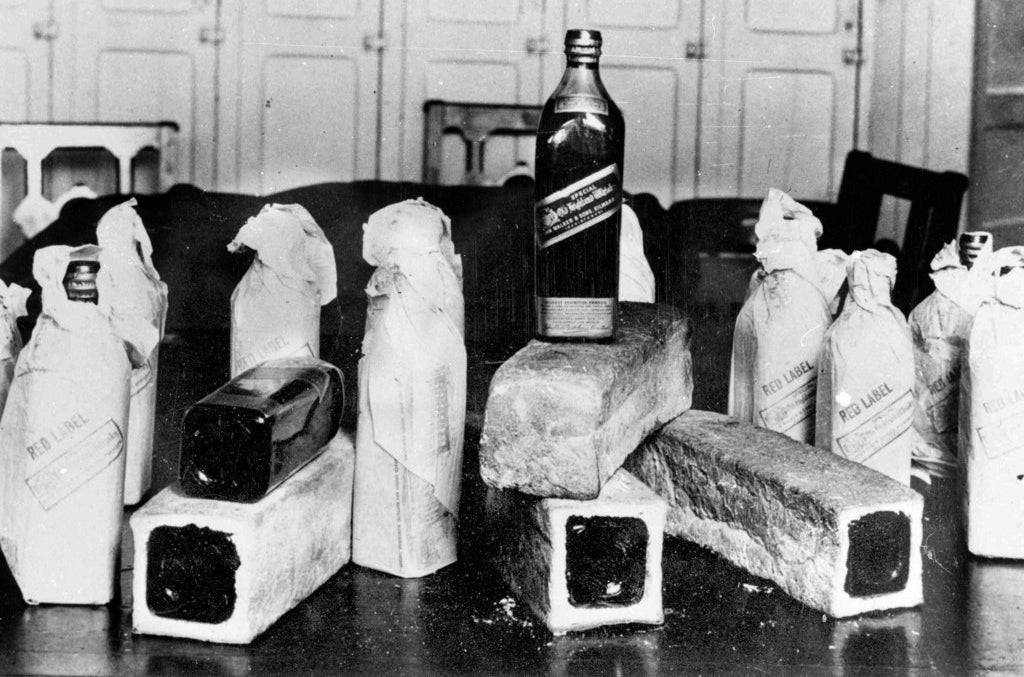
Left: The shoe of an alcohol smuggler who had been arrested at the Canadian border is strapped with wooden soles in the form of cattle hooves to camouflage their border crossing, circa 1924. Right: Bottles of Scotch whisky smuggled in hollowed-out loaves of bread are confiscated by police on June 12, 1924.
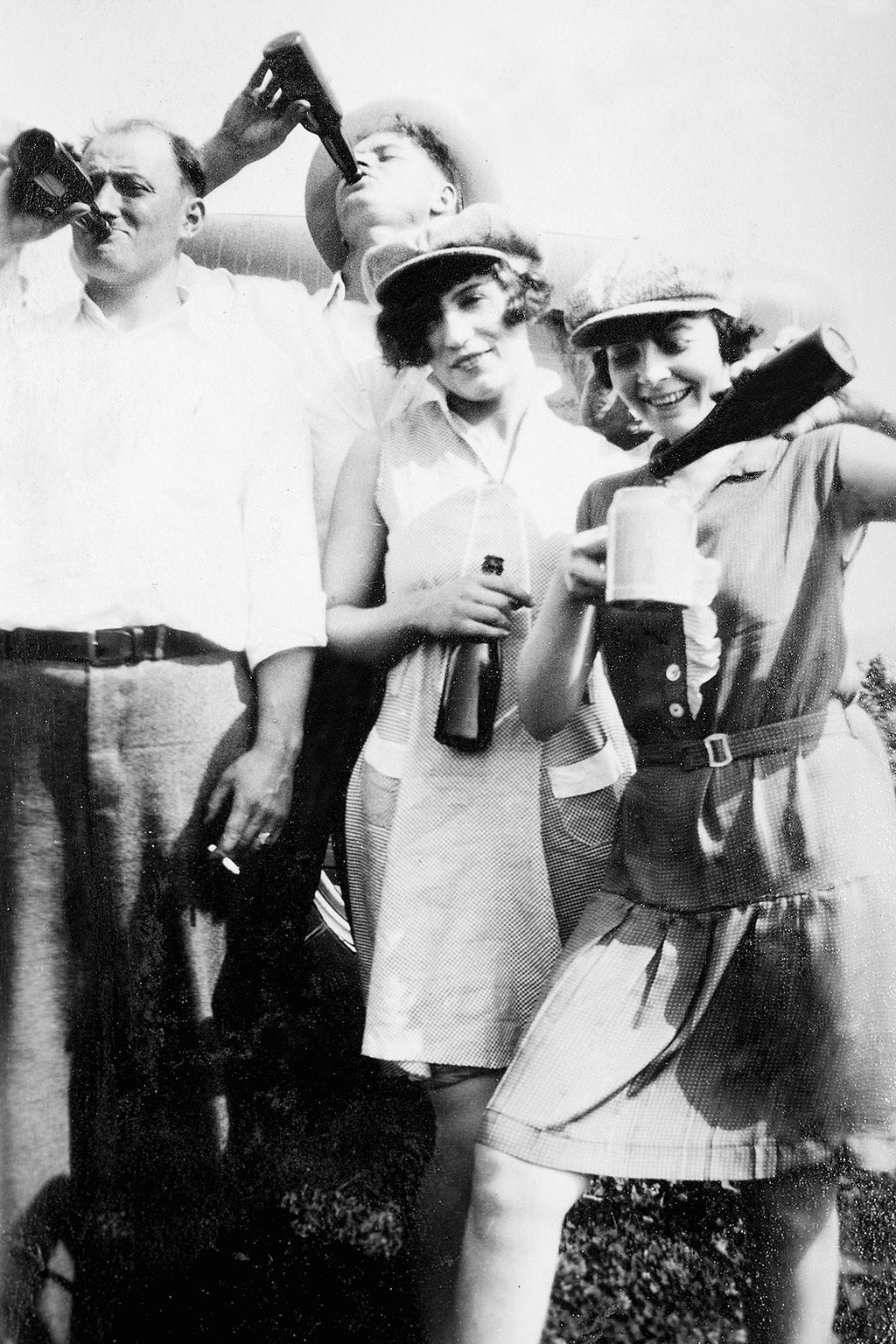

Groups of young people playfully pose with illegal drinks, circa 1922.
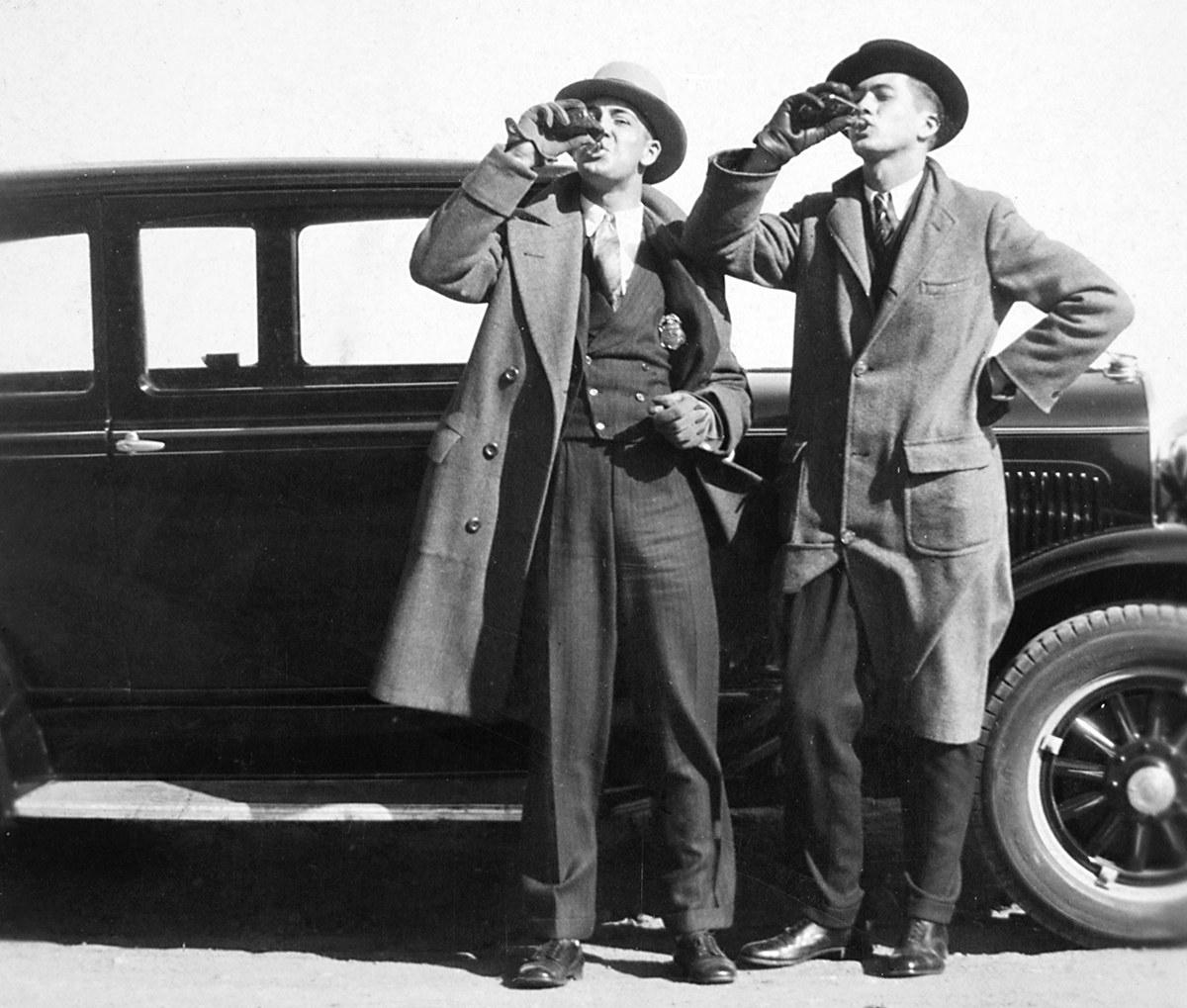
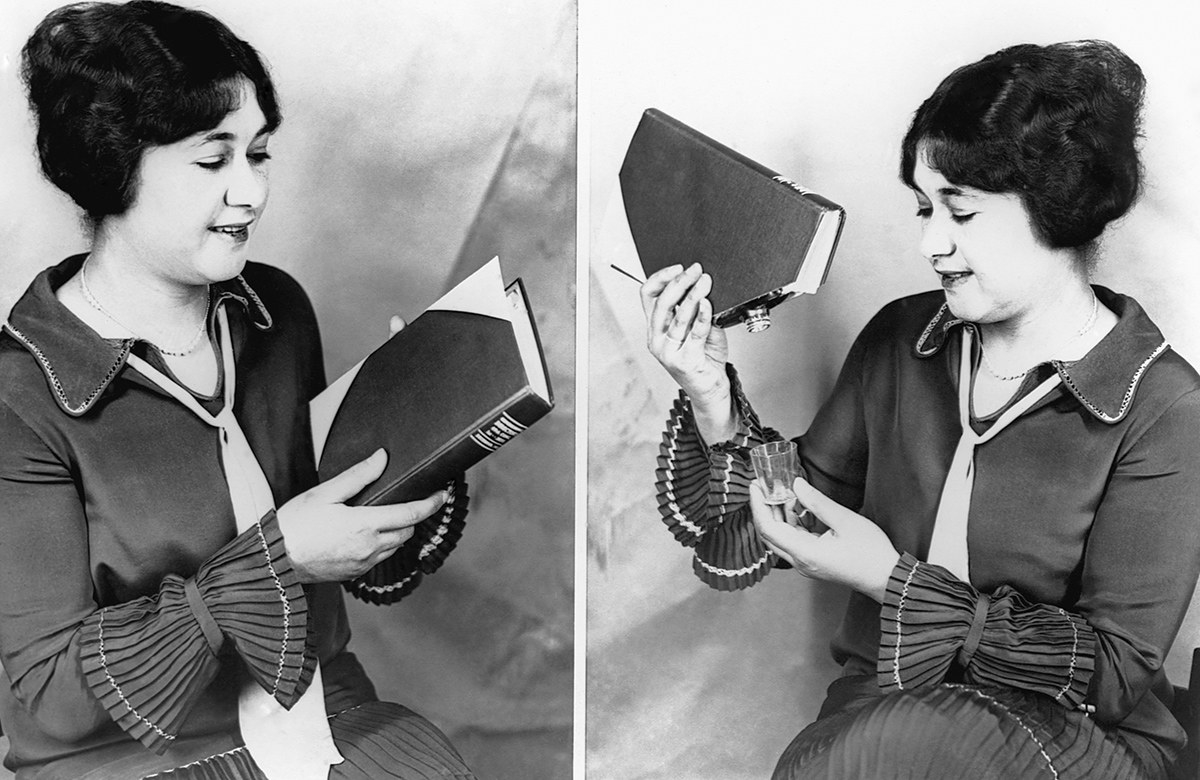
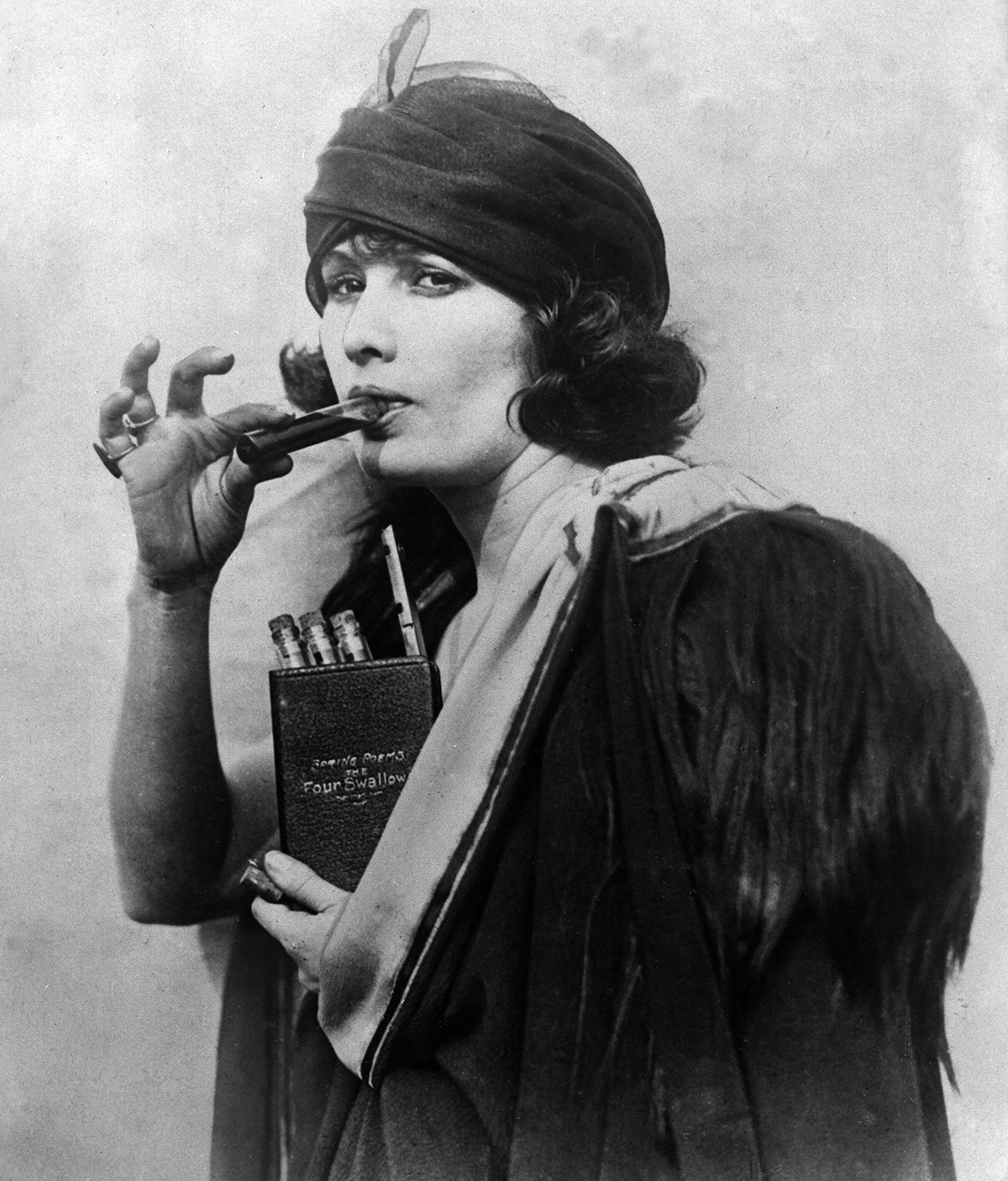
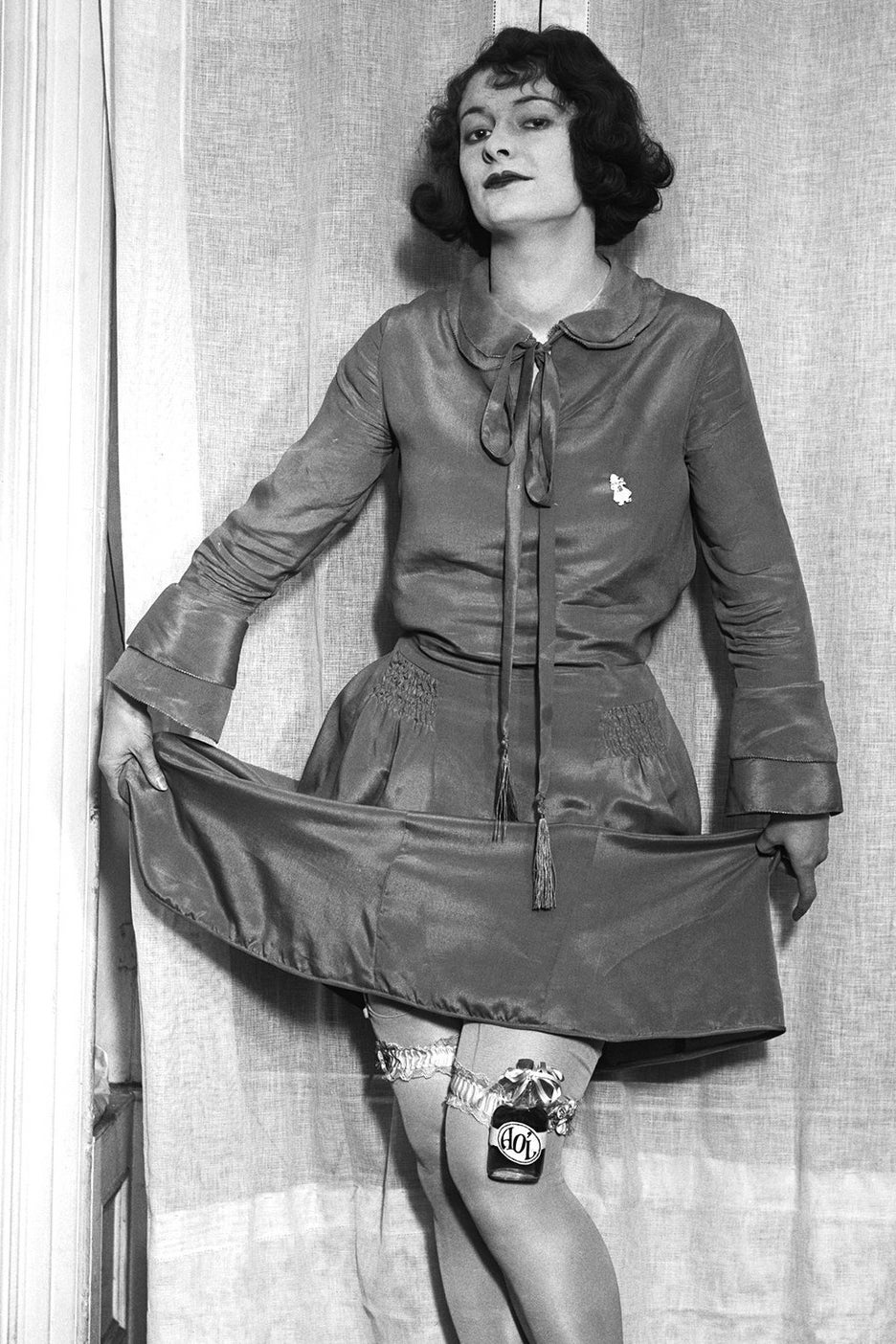

Left: A woman shows off her new initialed garter flask, which had become the latest rage in 1926. Right: A potential customer examines an enterprising advertisement for an illegal speakeasy during Prohibition in the 1920s.
